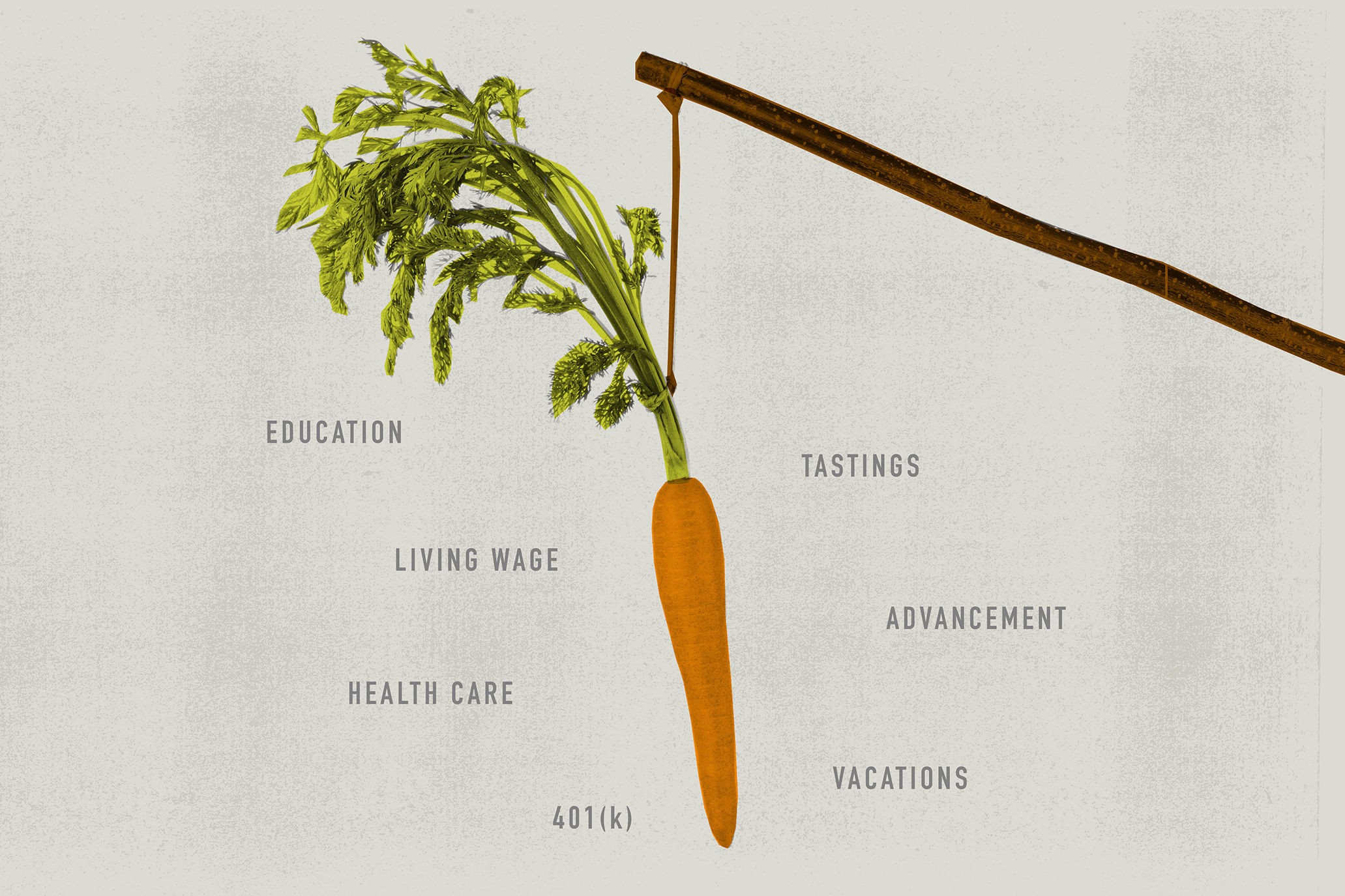This Ain't the '80s: Why the Bust is Different This Time Around

Image: Josh Dickinson
The restaurant inside La Colombe D’or on Montrose is quiet during a recent Tuesday lunch. We’re having double espressos with Marvy Finger, the legendary Houston apartment developer who’s been in business going on 60 years. He sets his cup down on its saucer as he tells us the city’s first oil bust is still fresh in his mind: the failing banks, the empty office buildings, the people fleeing the city in droves…
“There was a terrible panic,” Finger says. “And the biggest thing, amongst the other issues, is fear. Fear of the unknown.”
That anxiety has reared its head again 35 years later, as oil prices have dropped and stayed low, seeming to bring energy layoffs by the thousands each week. But is anyone panicking? Not Finger, although he admits to feeling “nauseated” when he thinks about what’s in store for the apartment business in the short term, especially once the current slate of development is complete.
During times like these, bits of conventional wisdom are thrown about. One, in particular, we’ve heard again and again. It goes something like this: This ain’t the ’80s. We may be feeling bad for a little while, but it’s nothing like that.
We mention this viewpoint to Finger, who—to our relief—agrees with it. “Well, that’s ... 35 years ago? We’re a lot more sophisticated,” he says, talking about real estate. “There’s a lot more wealth in Houston. The development in the last five to ten years was much healthier, much more capital-invested, lower-leveraged on borrowing. So I think there’ll be a bigger percentage of sustainability even with a very low occupancy and rent.”
What caused the crisis of decades ago was actually a perfect storm of events: the oil bust, massive overbuilding in residential and commercial real estate, and our state’s antiquated banking system collapsing into itself. But this ain’t the ’80s—so how does our economy compare on each of those factors today?
Strictly speaking from an oil perspective, you might say things are just as bad. In December 1981, the U.S. had 4,530 rigs. By 1986, the count was 663, a drop of 85 percent. Last year, meanwhile, saw the number of rigs decline by more than 75 percent, from 1,609 in October 2014 to 450—a historic low—by April 1 of this year.
One thing we have going for us this time around, though, is a booming petrochemical sector, busy deriving products from cheap oil and gas. Billions of dollars in refinery expansions are under way along the Gulf Coast, adding much-needed jobs to the city’s tally, in not only petrochemicals but construction and industrial real estate, as well at the already-bustling port.
Real estate, meanwhile, isn’t exactly rosy, but it’s better than it was before. Between 1980 and 1985, Houston saw 80 million square feet of new office space emerge—including the majority of the downtown skyline—an increase of 60 percent of the total market at the time, according to the local branch of commercial real estate firm CBRE. By comparison, during the latest boom, between 2010 and 2015, Houston added 23 million square feet of office space—an addition of just 11 percent to what’s now a much larger market. And while office-space vacancies across the Houston area are expected to top 15 percent this year, that’s nothing compared to the ’80s, which saw a rate of 30 percent.
As for multifamily development, even with the massive amount of new apartment construction in Houston over the past several years, the city’s added only 10 percent of its total inventory. During the last bust, the number of apartments grew by a third. “There was no one walking through the door for me to give one month’s concession, two months’ concession, three months’ concession,” Finger recalls. “There was no one for me to make a deal with. There just weren’t the bodies.”
Today, the banking landscape is entirely different from what it was in the ’80s. Houston has benefited from changes in the structure of financing that followed the much-lamented S&L crisis of that other decade, during which nearly a third of all savings and loan institutions in the U.S. failed. Back then, Texas law didn’t allow for interstate banking. As a result, local banks financed much of the oil and real-estate expansion happening here, often—thanks to lax regulations—funding 100 percent of large loans. When the economy soured, the banks couldn’t hold up.
After changes to state law, national banks like Wells Fargo and Chase came in, snapping up once-legendary institutions like Texas Commerce Bank. These mammoth entities are our energy lenders today, and that’s only a part of their business. Meanwhile, the Great Recession of 2009 tightened up regulations, resulting in lower-leveraged loans, and since the rest of the country’s doing fine now, the big banks are better situated to shoulder the burden.
The result? Houston isn’t feeling the same credit crunch as it did in the ’80s. And while it took nearly a decade for the city to dig itself out of that crisis, Finger believes we’re way better off this time around, although he’s not looking forward to the next couple of years.
As we’re chatting, Finger spies his buddy Steve Zimmerman, owner of La Colombe D’or, and calls him over to ask him about the restaurant’s Oil Barrel Special. During the ’80s, the deal—a three-course meal for the price of a barrel of oil—made the restaurant famous. “We got down to $9.06,” Zimmerman recalls. “We were in Time, Newsweek, the whole bit.”
Business these days, the restaurateur tells us, isn’t nuts—but it isn’t great. OTC, the huge energy conference that takes place here each May, usually nets Zimmerman a good chunk of his yearly profits, but it’s much quieter this year, with big-name energy clients canceling their parties. “That’s an effect to us, quite a bit,” Zimmerman says. “Because we look at May the same way we look at December. And then getting back to December, we had a lot of companies that gave Christmas parties on a regular basis cancel them, just didn’t do them. And then some of the ones that did them, 200 people got down to 100, and maybe the 100 did a little lunch.”
Still, chatting with Finger and Zimmerman, it’s clear the city’s made of strong stuff. These two veterans made it through the ’80s, going on to prosper, and neither appears to doubt they’ll survive this downturn too—nerves and nausea be damned. “I’ve got to think long-term,” says Finger, “and remember that it will get better.”




